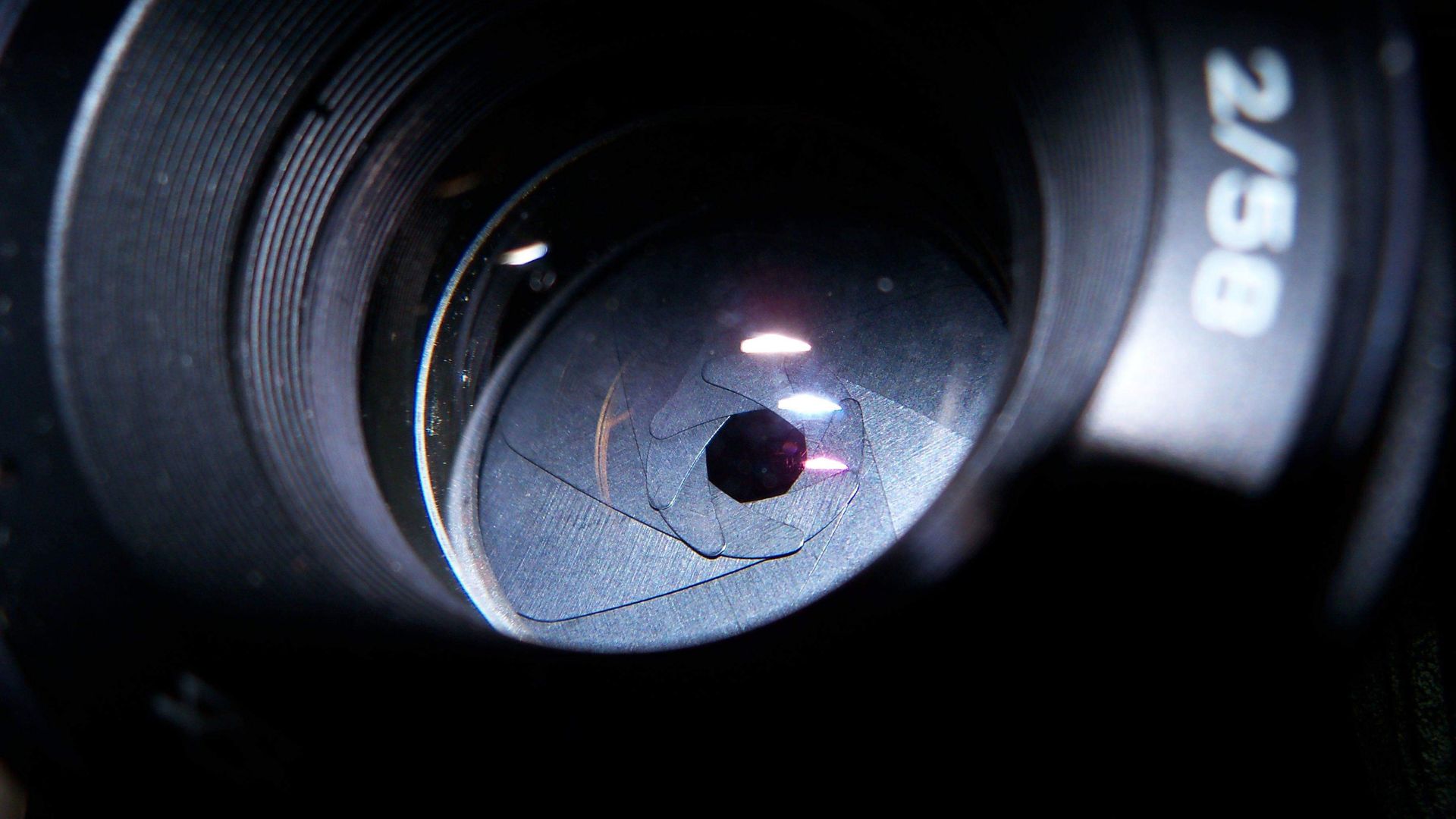OCF Photography
As an expert in ocf photography, I delve into the captivating realm of OCF (Off-Camera Flash) photography. Capturing stunning images using off-camera flash techniques elevates the visual impact of photographs through controlled lighting. Mastering OCF opens up a world of creative possibilities, allowing for dynamic and professional-looking shots.
When it comes to OCF photography, understanding light is key. Manipulating light sources off-camera enables photographers to sculpt light around the subject, creating depth, dimension, and mood in their images. By using off-camera flash strategically, one can control shadows, highlights, and overall illumination to achieve desired effects.
Exploring various OCF setups and techniques empowers photographers to experiment with different lighting scenarios, pushing boundaries and expanding their artistic vision. With practice and patience, mastering OCF photography can transform ordinary scenes into extraordinary works of art that leave a lasting impression on viewers.
Understanding OCF Photography
When it comes to photography, mastering Off-Camera Flash (OCF) techniques can truly elevate your images. OCF photography involves using artificial lighting sources separate from the camera itself. This allows for more creative control over light direction, intensity, and shadows in your photos.
Benefits of OCF Photography:
- Enhanced Lighting Control: With OCF, I can manipulate light sources to achieve desired effects like softening harsh shadows or creating dramatic lighting setups.
- Versatility: OCF enables me to shoot in various conditions, whether indoors or outdoors, by adjusting the position and settings of the off-camera flash units.
Key Concepts to Grasp:
- Light Modifiers: Utilizing tools such as umbrellas, softboxes, or grids can help diffuse or direct light precisely where I need it.
- Sync Speeds: Understanding how to synchronize your camera’s shutter speed with the off-camera flash is crucial for achieving well-exposed images without motion blur.
Practical Tips for Beginners:
- Start by experimenting with one off-camera flash before progressing to multiple units.
- Practice adjusting flash power and distance to gauge their impact on the final image.
Incorporating OCF into your repertoire opens up a world of creative possibilities that can set your photography apart. As you delve deeper into this technique, don’t shy away from trial and error; it’s through practice that you’ll refine your skills and develop a unique style that speaks volumes through each photograph captured.
Key Equipment for OCF Photography
When it comes to OCF (Off-Camera Flash) photography, having the right equipment can make a significant difference in the quality of your shots. Here are some key pieces of gear that I find essential for successful OCF photography:
- Speedlight: A portable flash unit like a speedlight is versatile and easy to use for off-camera lighting setups. It allows me to control the direction and intensity of light, creating dynamic and well-lit images.
- Light Stand: A sturdy light stand is crucial for positioning the speedlight or other lighting equipment securely. It gives me flexibility in adjusting the height and angle of the light source to achieve the desired lighting effects.
- Wireless Trigger: Using a wireless trigger enables me to fire the off-camera flash remotely, eliminating the need for cumbersome cables and allowing for more creative freedom in placing the lights.
- Light Modifiers: Softboxes, umbrellas, or diffusers help soften harsh light from the flash, resulting in more flattering portraits with smoother shadows and highlights.
- Gels: Color correction gels can be used to match the color temperature of artificial light sources with ambient light, ensuring a natural-looking blend in mixed lighting scenarios.
Having these essential tools at hand not only enhances my creativity but also improves the overall quality of my OCF photography by providing greater control over lighting conditions. Experimenting with different combinations of equipment opens up endless possibilities for capturing stunning images that stand out from the crowd.
As I reflect on the world of OCF photography, it’s evident that mastering this technique can truly elevate one’s images. The ability to manipulate light creatively opens up a realm of possibilities for capturing stunning photos. By understanding how Off-Camera Flash works and experimenting with various setups, photographers can take their craft to new heights.
